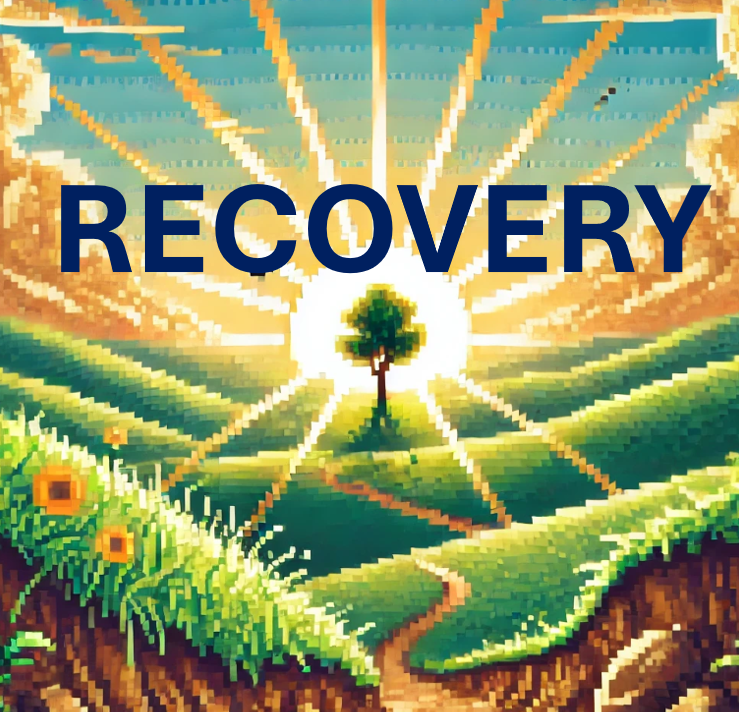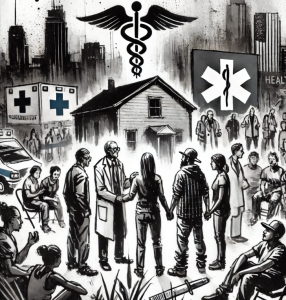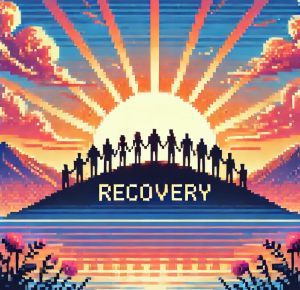
What Happens When Recovery Homes Run Out of Funding?
Every day, more than 200 people in the U.S. die from an opioid overdose. Medications for opioid use disorder (MOUD)—like methadone, buprenorphine, and naltrexone—save lives. But medication alone isn’t enough. People in recovery also need stable, supportive places to live. That’s where recovery homes come in.
These homes, often run on shoestring budgets and sheer determination, give people in recovery not just shelter—but structure, peer support, and a second shot at life.
But what happens when the grant money dries up? A new study from Texas gives us a peek behind the curtain—and raises some uncomfortable questions about how we sustain these vital lifelines.
How This Study Could Help Build a More Equitable Recovery System
The research team interviewed 29 operators, house managers, and directors from 14 certified recovery homes across five cities in Texas. All of these homes served people taking MOUD, a group that has historically faced stigma—even from within the recovery community.
These homes didn’t just open their doors by chance. They were part of a larger initiative, Project HOMES, funded by the Texas Health and Human Services. This grant allowed homes to waive rent, buy secure storage for medications, and train staff to manage the complexities of MOUD recovery. In many cases, it was the first time MOUD was openly acknowledged in the recovery home setting.
But everyone knew the funding wouldn’t last forever.
The Hidden Risk You’re Missing: Recovery Homes Could Shut Down Without Support
Here’s the catch: once the Project HOMES funding ends, most of these homes will start charging rent.
That may sound reasonable—until you remember who’s living there.
Many residents are just out of detox, prison, or years of homelessness. Some arrive with nothing but the clothes on their back. Charging rent, especially without sliding scales or financial aid, risks locking out the very people these homes are meant to help.
As one operator put it, “Any Joe Schmo can rent a house and say it’s sober living. But if you want real support, structure, and safety—that costs money.”
Just 4 States Cover Recovery Housing Through Medicaid
That’s right—just four. Despite Medicaid covering a variety of recovery services, supportive housing remains an outlier.
This lack of long-term, reliable funding pushes recovery homes to rely on a hodgepodge of grants, donations, and clever budgeting. One home survived the pandemic thanks to a $20,000 rent relief grant. Another kept residents fed through food pantry donations and hand-me-downs from neighboring homes.
The research found that homes with professional certifications, like those from the National Alliance for Recovery Residences (NARR), were better positioned to secure grants and partnerships. Certification added legitimacy—and helped staff run safer, more structured homes. But certification itself can cost money, time, and staff effort.
New Research Reveals 3 Keys to Sustainable Recovery Housing
The Texas study identified three big themes that make or break sustainability:
- Patchwork Funding Is the Norm
No single source—grants, donations, or rent—can fully cover costs. Most homes rely on some blend of all three. - Strategic Partnerships Stretch Every Dollar
MOUD clinics, food pantries, shelters, and local agencies help homes fill gaps in services and supplies—often without spending cash. - Rent Is Inevitable—But It Comes at a Price
Without grants, rent becomes essential. But charging rent risks excluding low-income residents, often from marginalized backgrounds.
These findings echo what many in the field already know: without deliberate funding policies, sustainability and equity are often in tension.
What’s Next for Recovery Homes?
The future of recovery homes depends on the decisions we make today. Policymakers, funders, and community leaders can:
- Expand Medicaid coverage to include recovery housing
- Fund certification costs to ensure homes meet high standards
- Provide long-term grants, not just short-term “band-aids”
- Encourage academic partnerships for training, evaluation, and grant writing
And operators? They can keep leaning on each other. Peer networks—like those built through Project HOMES—are invaluable for sharing what works, what doesn’t, and how to keep going even when funding disappears.
Join the Conversation
Are we okay with a future where recovery is only accessible to those who can pay for it? If MOUD saves lives, shouldn’t safe housing be part of that treatment?
- How do recovery homes work (or not) in your community?
- Should rent-funded models be reimagined—or replaced entirely?
- What partnerships or policy changes could help sustain recovery housing for the long haul?
Let’s talk about it—and keep the conversation going before the doors start closing.



